Last week my storytelling partner and I were delighted to kick-start a personal storytelling program called The Story Mandala, for a global organisation. Traditionally, a Mandala is a ritual and symbol to represent the universe– usually circular with aesthetic patterns. Creating Mandalas is a meditative act often practised by monks, to align the inner world with the outside. Story Mandala is the act of creating the universe by sharing personal stories as a collective and viewing the patterns that emerge as a symbol of the group’s cosmos.
This was a particularly exciting project for us because we were facilitating an experience for the participants, which is meant to move them and inspire their mindfulness towards the quality of relationships they are building in the organisation. In the context of creating culture and practices for inclusion at the workplace, we were to conduct several Story Mandalas across a section of employees, for exchanging stories that matter, is the most powerful way to inspire inclusion.
Away from models, PowerPoint presentations, case studies and manuals, each person was invited to gently dive inside themselves, allowing the memories to emerge and bring to light a story waiting to be told. It was a mixed working group and many of them did not know each other from before, even though they were a part of the same division. Doubt and trepidation gradually transformed into people leaning into each other silently with intense gaze, nods communicating understanding as the speakers spoke in soft strong voices about the paths they had walked this far. The session closed with embraces and the thrilled laughter of newly discovered connections.
As we concluded, everyone on the group said they had enjoyed sharing a story from their life, since they felt safe in the way stories were being attended to by the listeners. Many were surprised by how they eventually felt comfortable to share very private stories from their lives, which left them feeling more accepted and less judged. A common refrain across the group was that it was such a relief to be human around colleagues and experience each other beyond work roles. A feeling of warmth , empathy and respect filled the air at the end of the 90 minute session.
When asked what changed for them as a result of this process - participants shared how they experienced the power of listening with curiosity, being authentic in who one is and speaking one’s truth. Creating opportunities for connection in this informal yet structured manner was insightful, for one realised that beneath all the diverse stories, the dreams and fears were similar- the human experience was familiar.
It got me thinking- A simple act of exchanging a story of pain or celebration from one’s life seems to create a ripple for these groups of 15 people. And a ripple begets a bigger ripple and so on. Every ripple matters. This very simple act of revelation, holds in itself the power to transform a whole ecosystem for, energy follows attention. In creating such encounters, each one of us is shifting our attention from what we are trying to avoid or what’s not working, to what we want we want to bring into reality. Truly, transforming the quality of conversation between the people of an organisation is an invitation to transforming the quality of relationships and thought- which in turn leads to transforming the quality of the results. And what better way to do it than by creating spaces to let stories be heard and seen.



